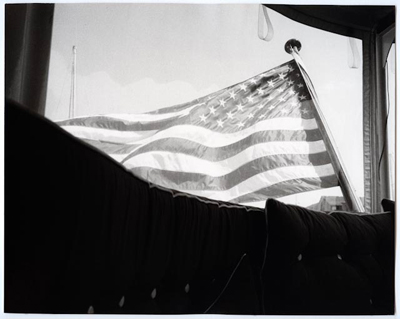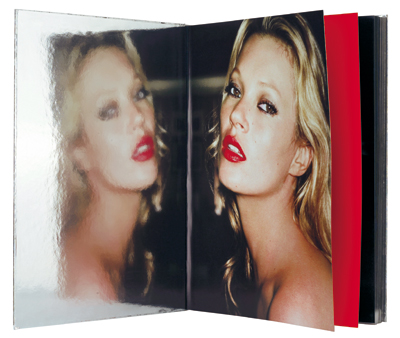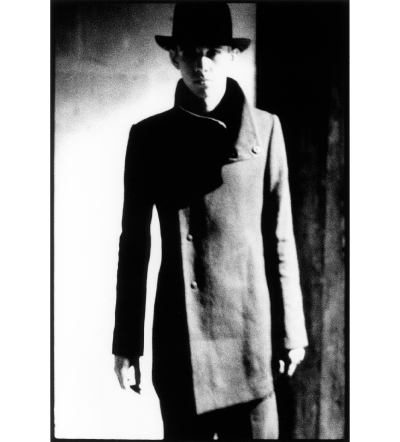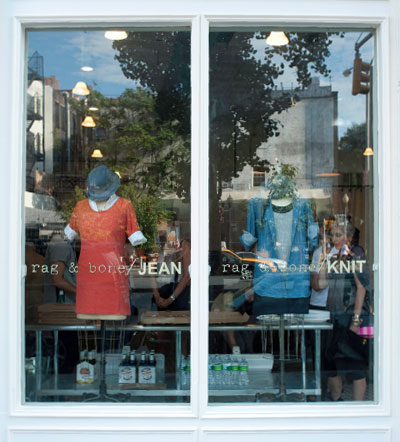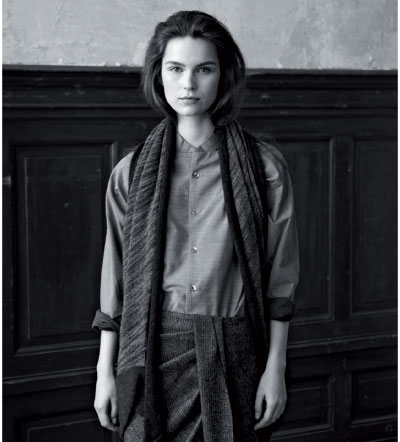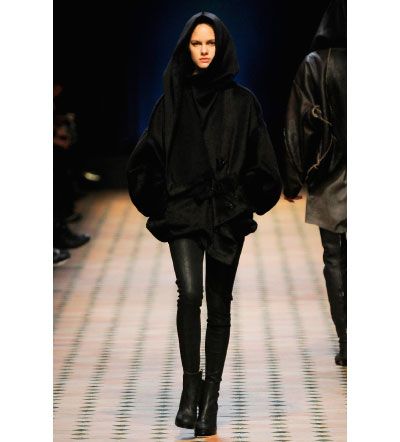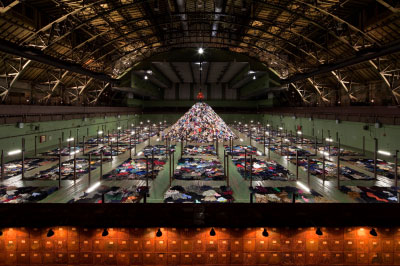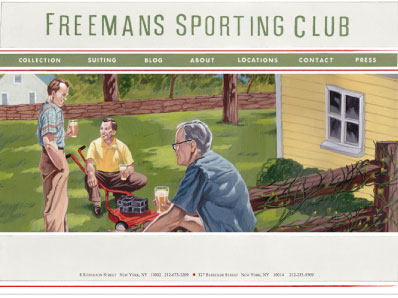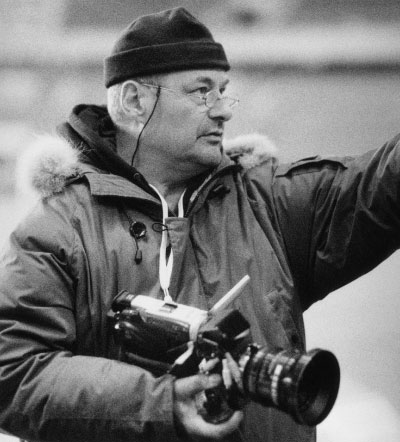

Imagine you are in Paris, in 1981, a fashion editor sitting in the front row. You are subjected to a sex, drugs, and rock and roll diet of Mugler and Gaultier on one side and the bourgeois propriety of Yves Saint-Laurent and Chanel on the other. Fashion is a luxury and looks it. But the clothes that you are seeing right now, by designers from Japan (where you’ve probably never been) Yohji Yamamoto and Rei Kawakubo (whose names you probably can’t pronounce) are so radically different — black, tattered, oversized, pointedly inelegant — that you are subjected to a dose of cultural insta-shock. Fast-forward to today: walk into any chain store and you see the signs of these designers’ heritage, unfinished seams, holes, distressing. These are now as familiar, acceptable, and safe for mass consumption as Barney is for children.
But you are no longer in 1981, Dorothy, and Japanese fashion has moved on. A new generation of fashion designers and fashion subcultures has sprung up, no less exciting than the legendary Yamamoto and Kawakubo. Japan Fashion Now, a new exhibit at the Museum at FIT explores the links between the old and new generations.
The exhibition, featuring more than 100 garments, is organized in two parts. Upon entering you are greeted with a display of the work by the holy trinity of Japanese fashion — Miyake, Yamamoto, and Kawakubo — flanked by the less known names like Matsuda. These garments are from the ’70s and ’80s.
(more…)




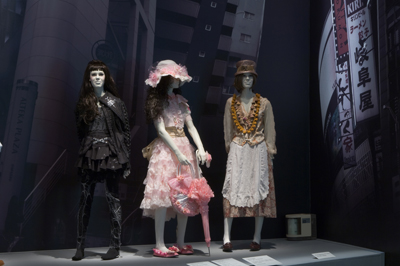
 Facebook
Facebook Permalink
Permalink Digg
Digg Reddit
Reddit LinkedIn
LinkedIn StumbleUpon
StumbleUpon Tumblr
Tumblr

